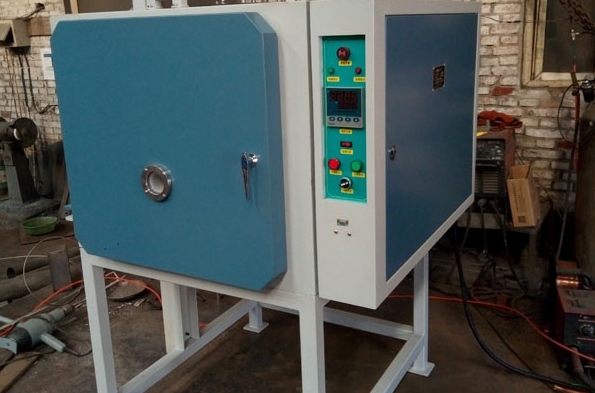- 22
- Feb
What are the consequences of improper heating of the experimental electric furnace?
What are the consequences of improper heating of the eksperymentalny piec elektryczny?
1. Decarburization of parts: heating in an oxidizing atmosphere is easy to decarburize, high-carbon steel is easy to decarburize, and steel with a lot of silicon is also easy to decarburize. Decarburization reduces the strength and fatigue performance of parts and weakens wear resistance.
2. Carburization of parts: Forgings heated by electric furnaces often have carburization on the surface or part of the surface. Carburization deteriorates the machining performance of the forgings, and it is easy to hit the knife during cutting.
3. Overheating of parts: Overheating refers to the phenomenon that the heating temperature of the metal blank is too high, or the residence time is too long within the specified forging and heat treatment temperature range, or the temperature rise is too high due to the thermal effect.
4. Overburning of parts: For carbon steel, the grain boundaries melt during overburning, and when the tool steel (high-speed steel, Cr12 steel, etc.) is overburned, the grain boundaries will appear herringbone-like ledeburite due to melting. Grain boundary melting triangle and remelting balls appear when aluminum alloy is overburned. After the forging is over-burned, it is often impossible to save it and has to be scrapped.
5. Heating cracks of parts: If the value of thermal stress exceeds the strength limit of the blank, heating cracks radiating from the center to the periphery will be generated, causing the entire section to crack.
6. Copper brittleness or steel brittleness: Copper brittleness appears to be cracked on the surface of the forging. When observed at high magnification, light yellow copper (or copper solid solution) is distributed along the grain boundary.

